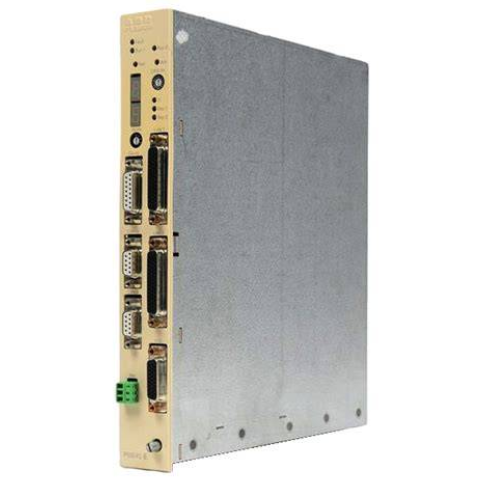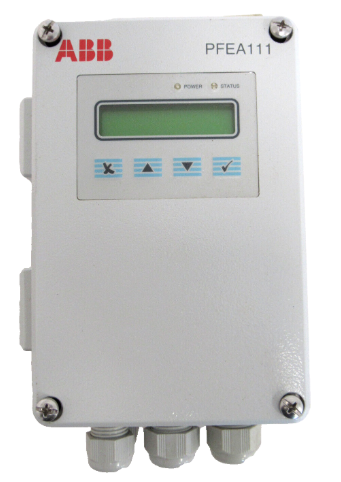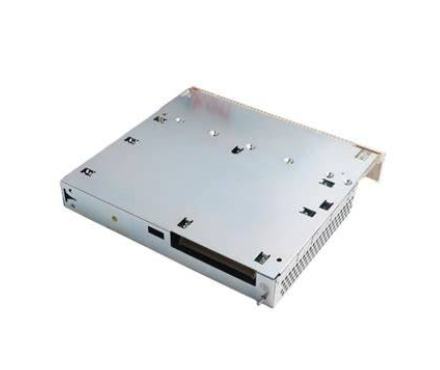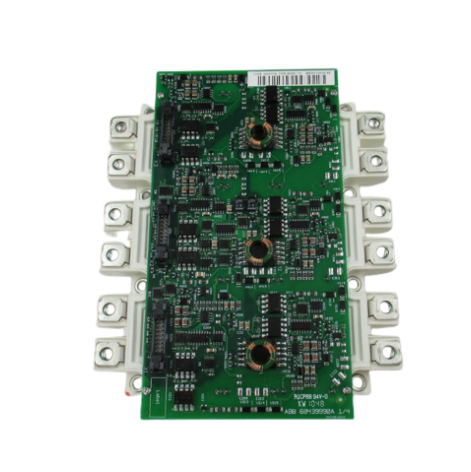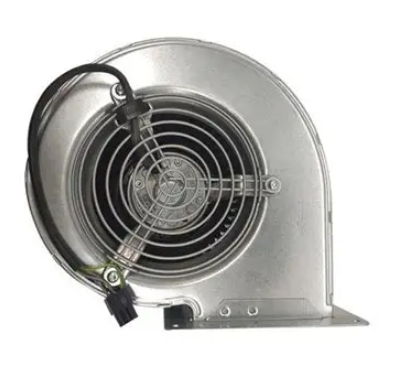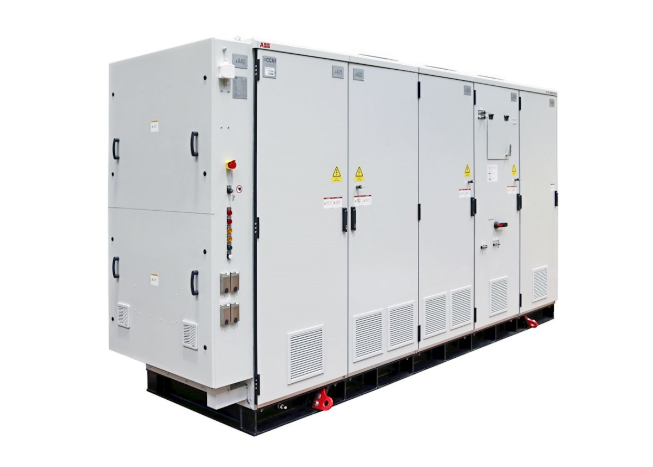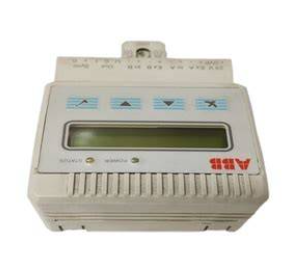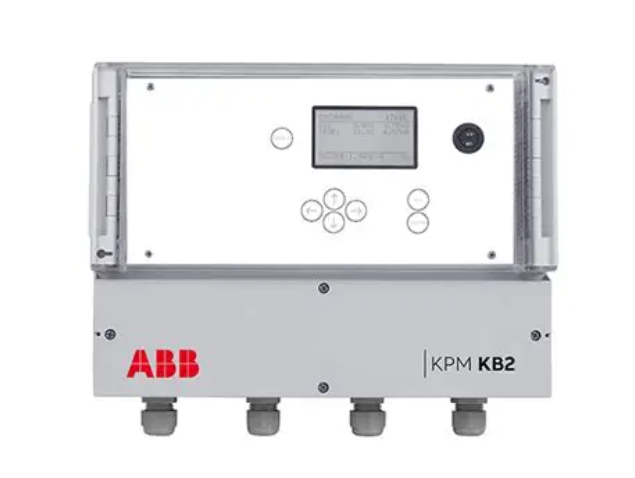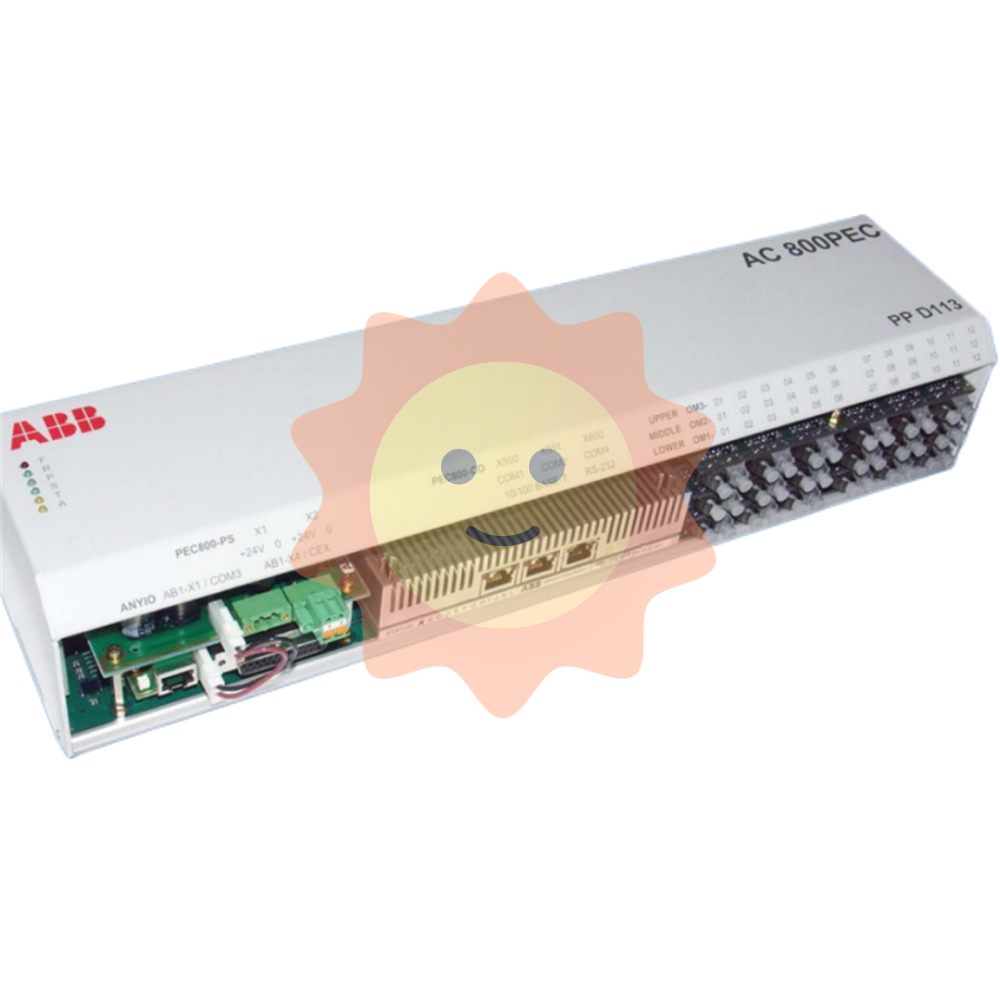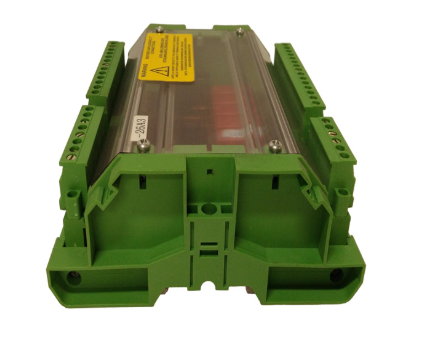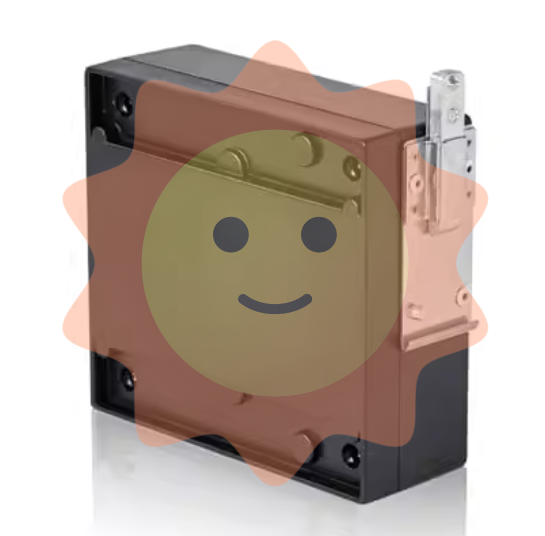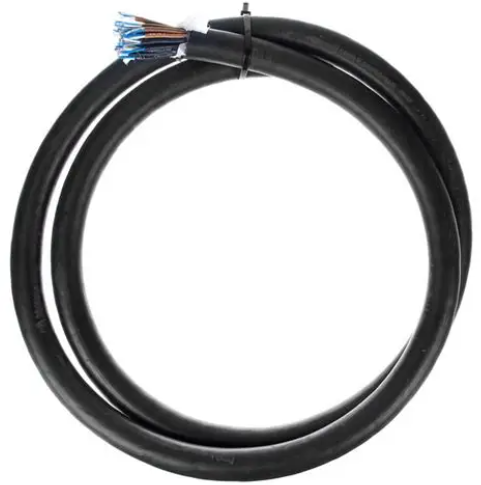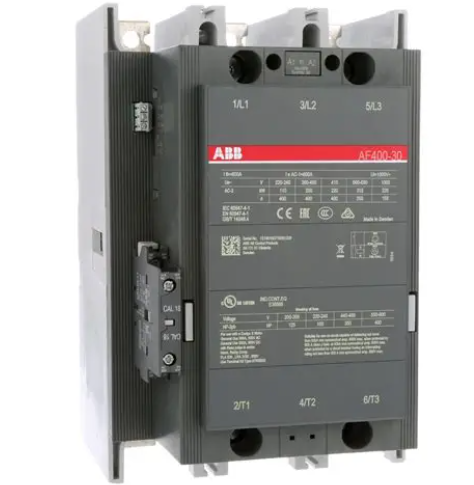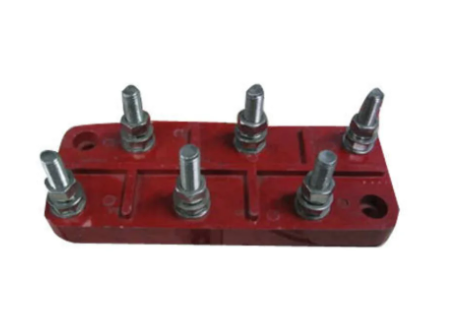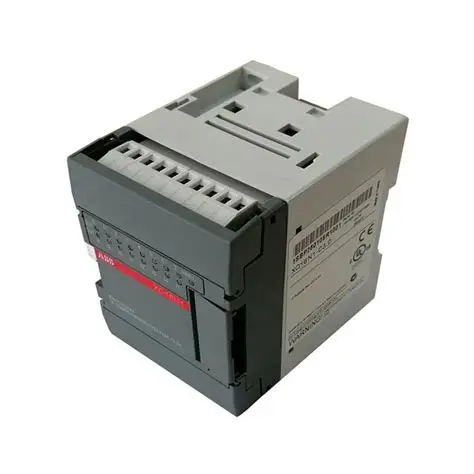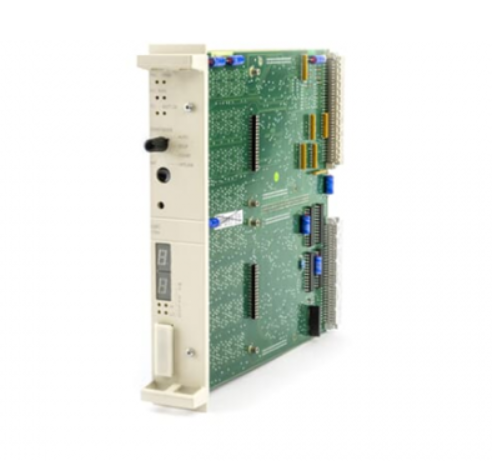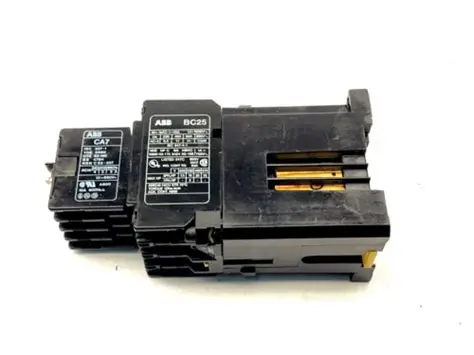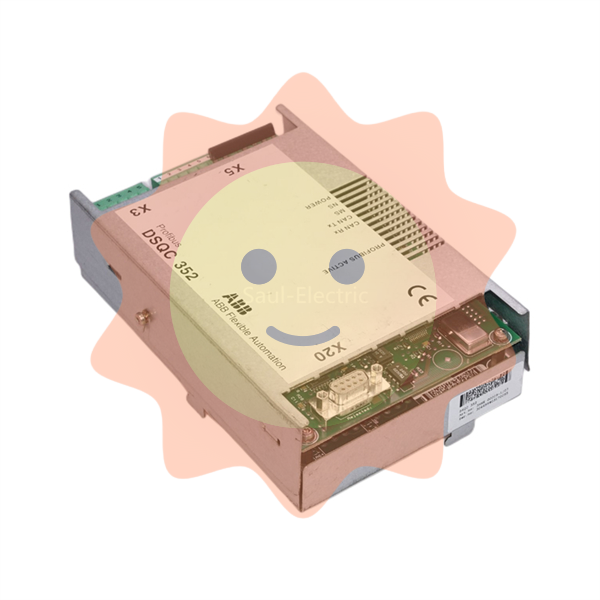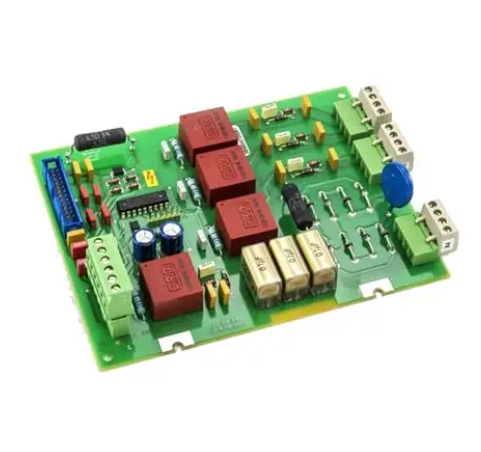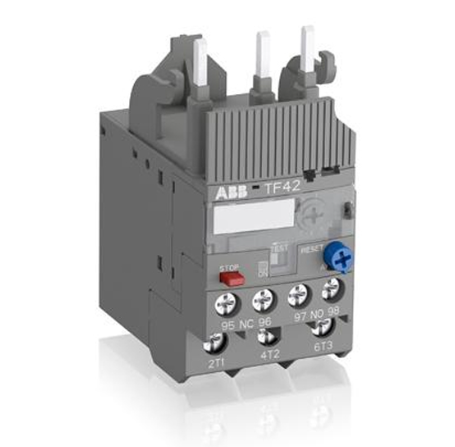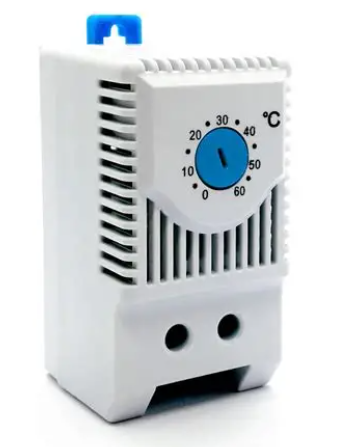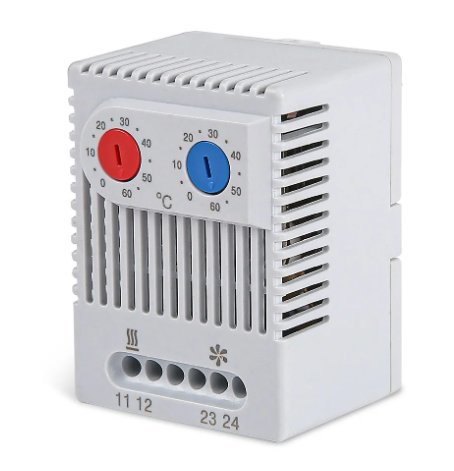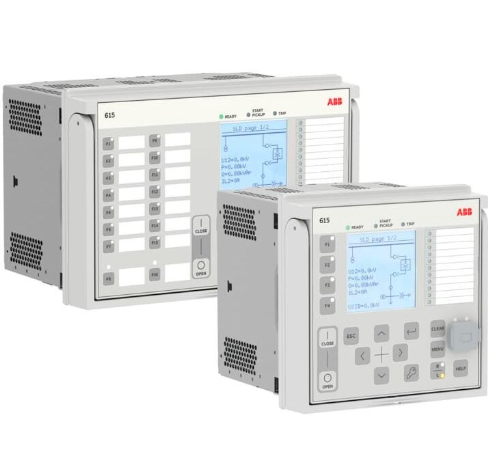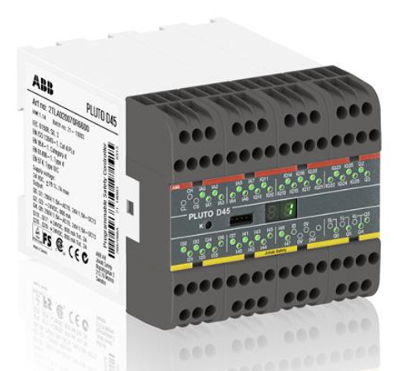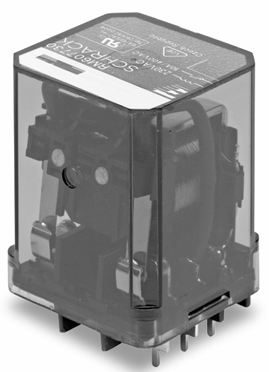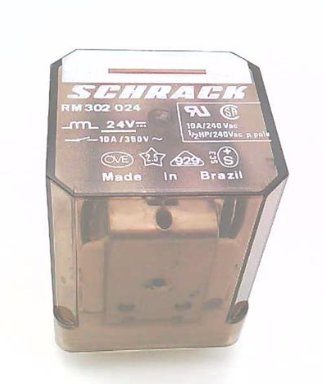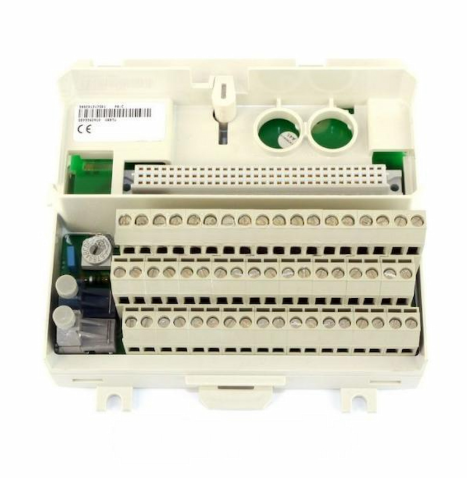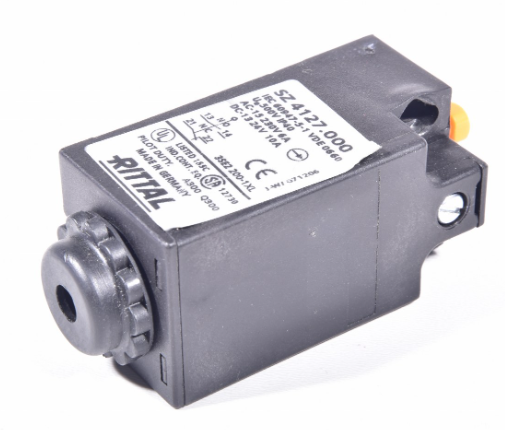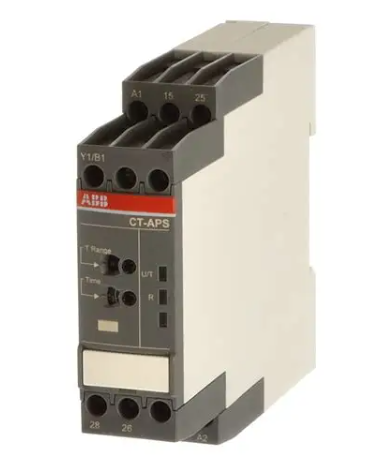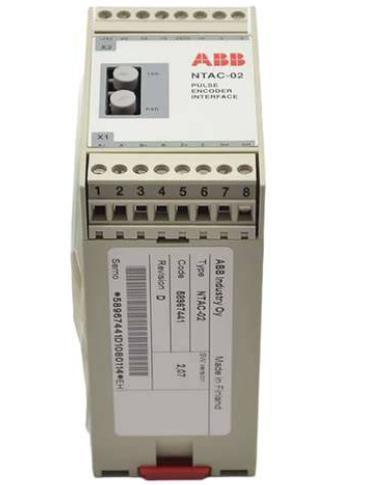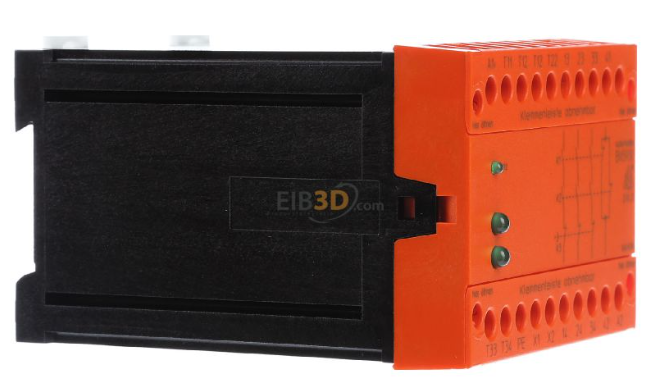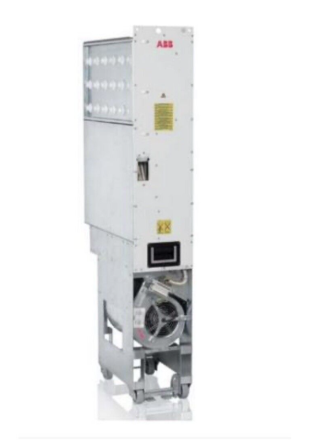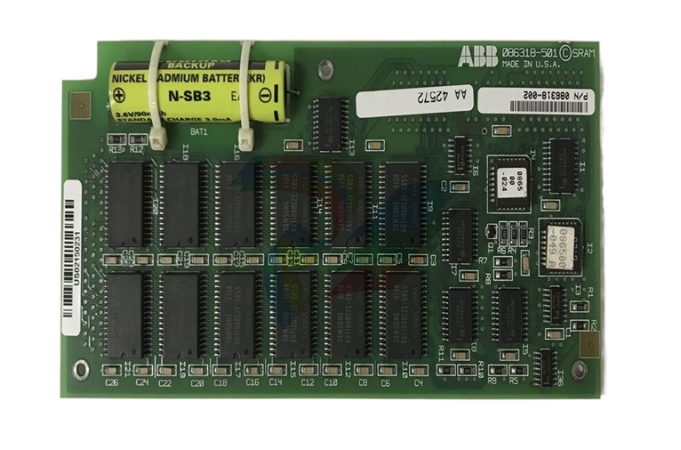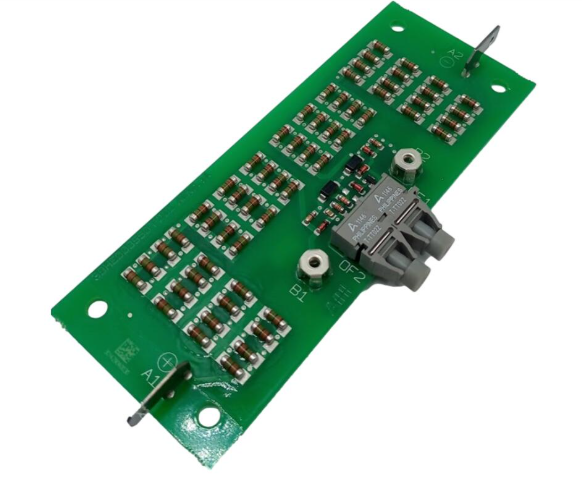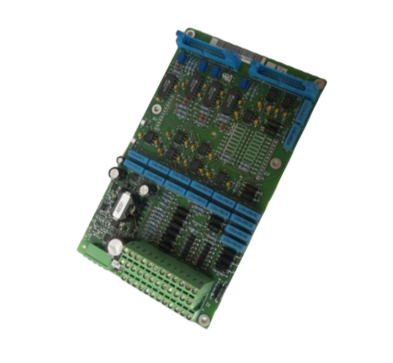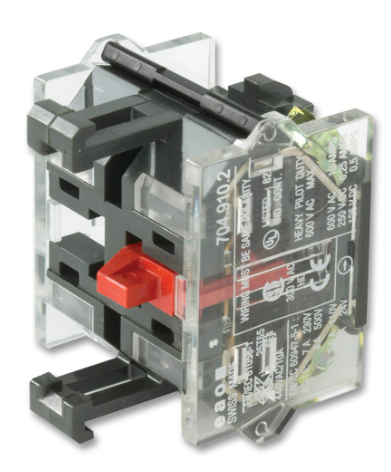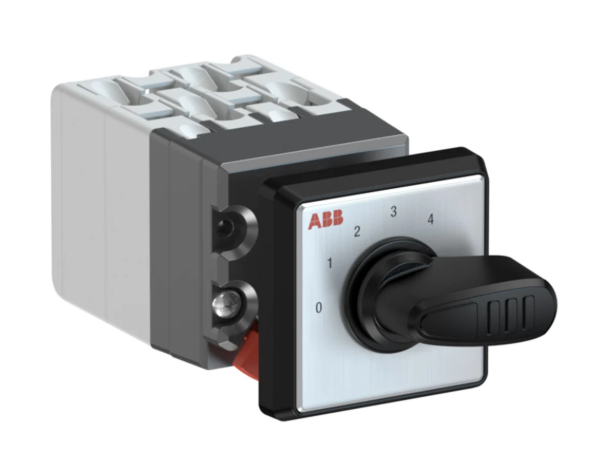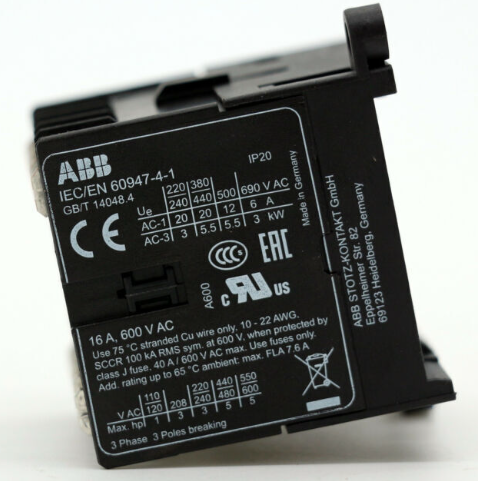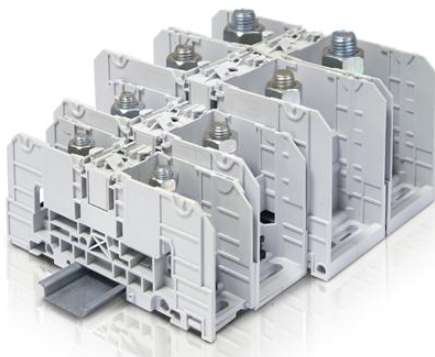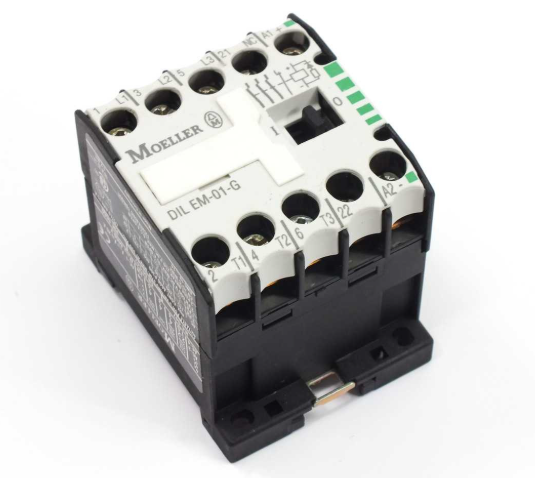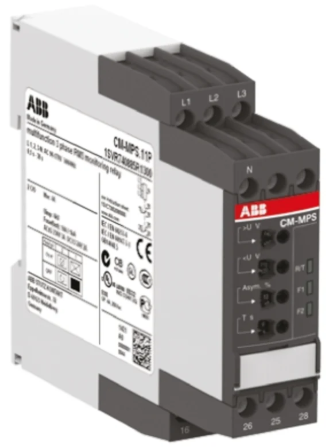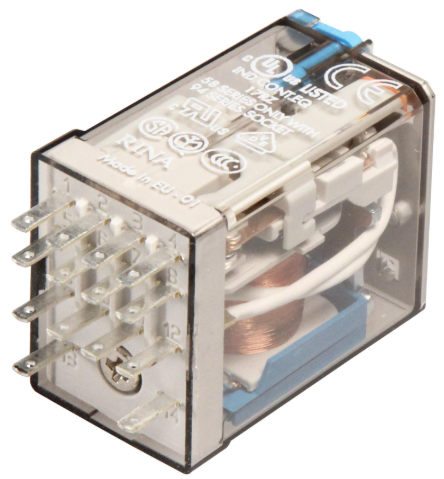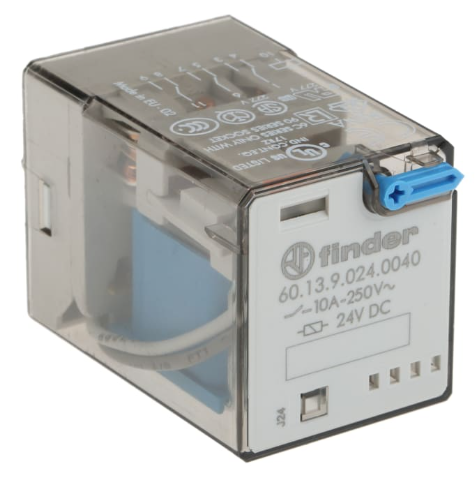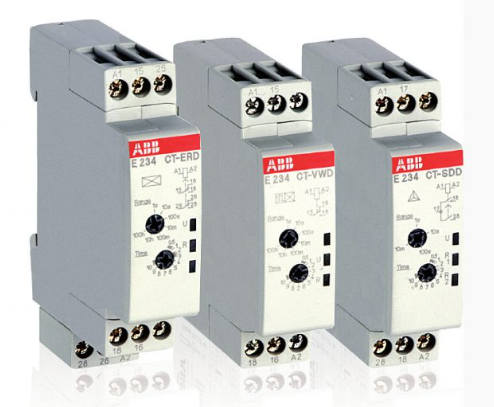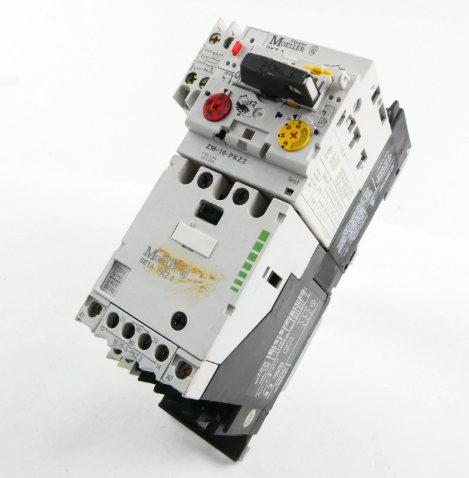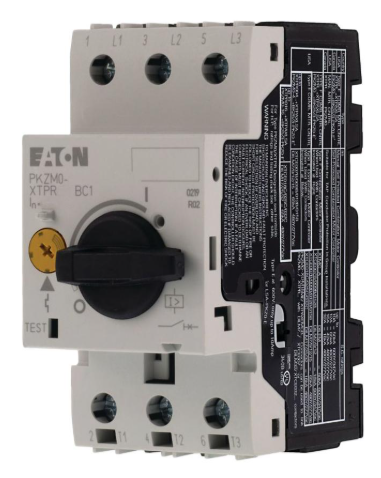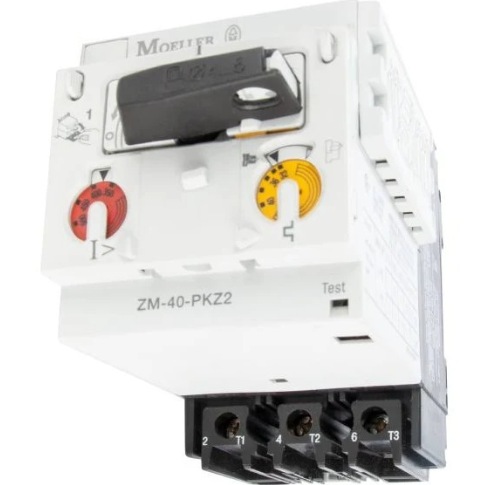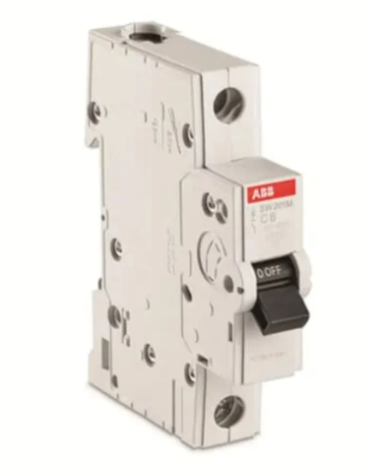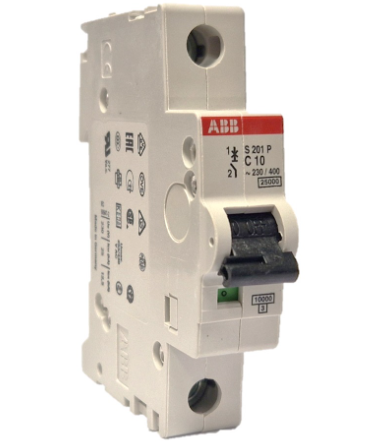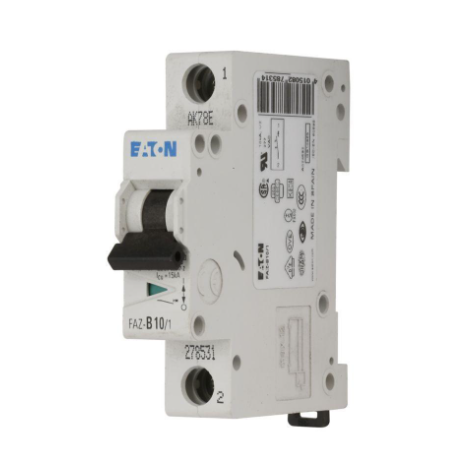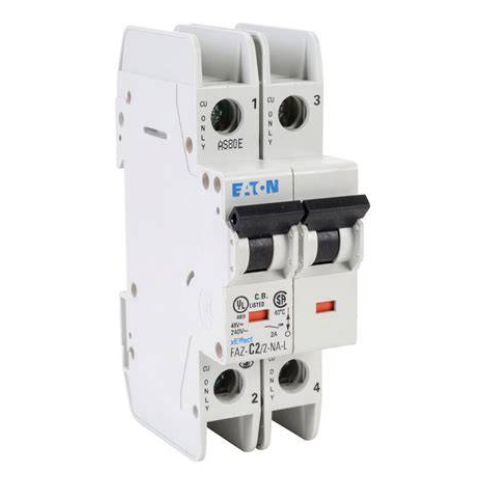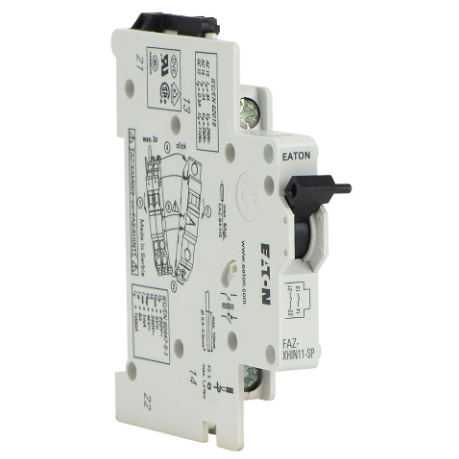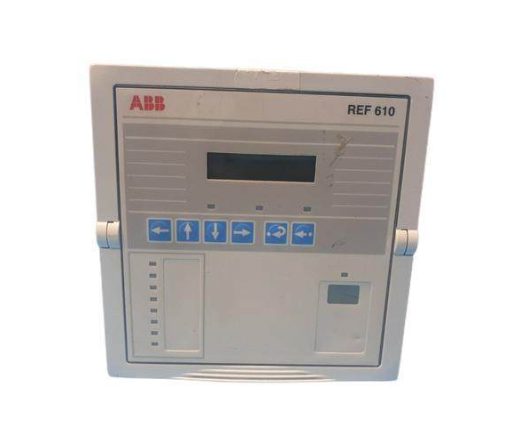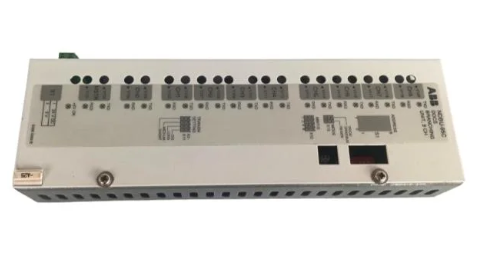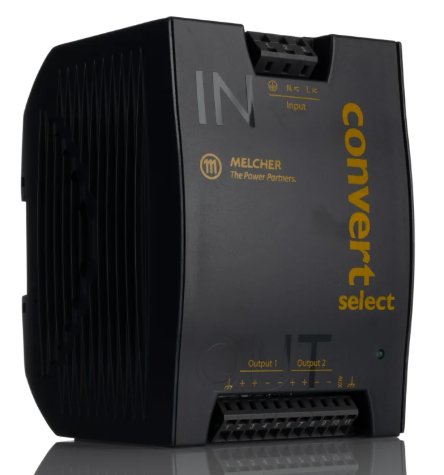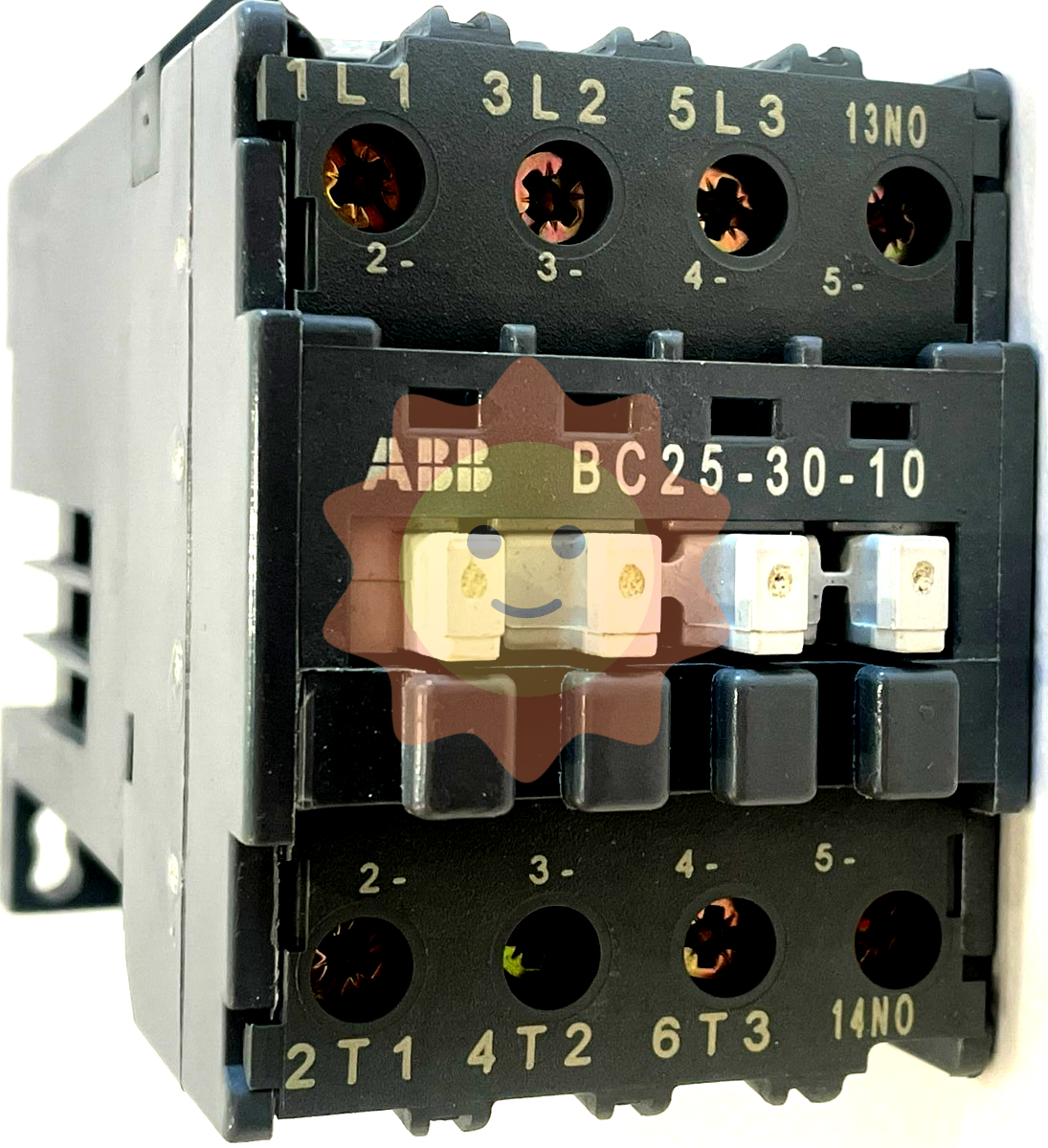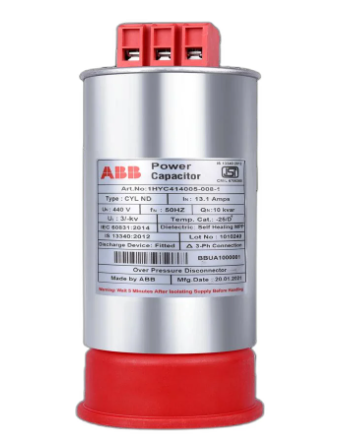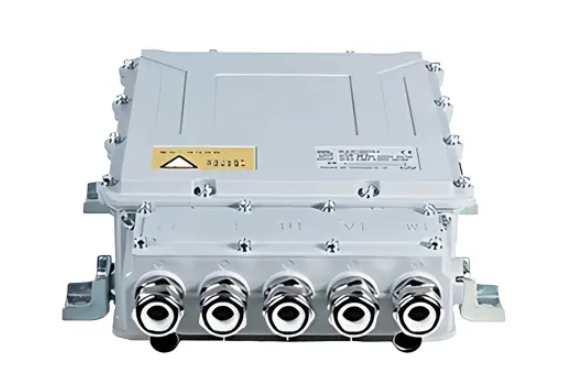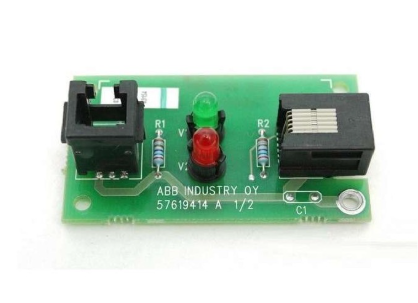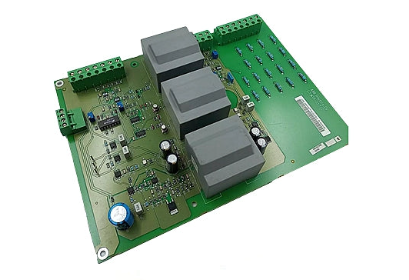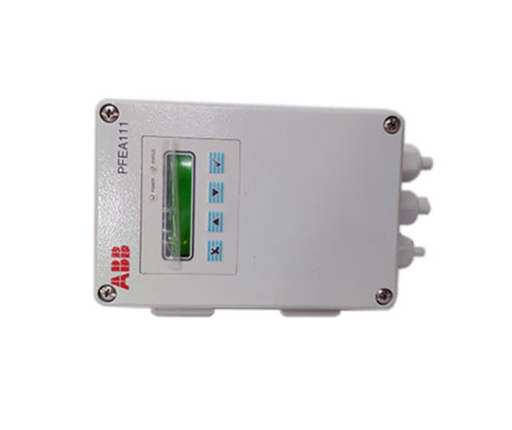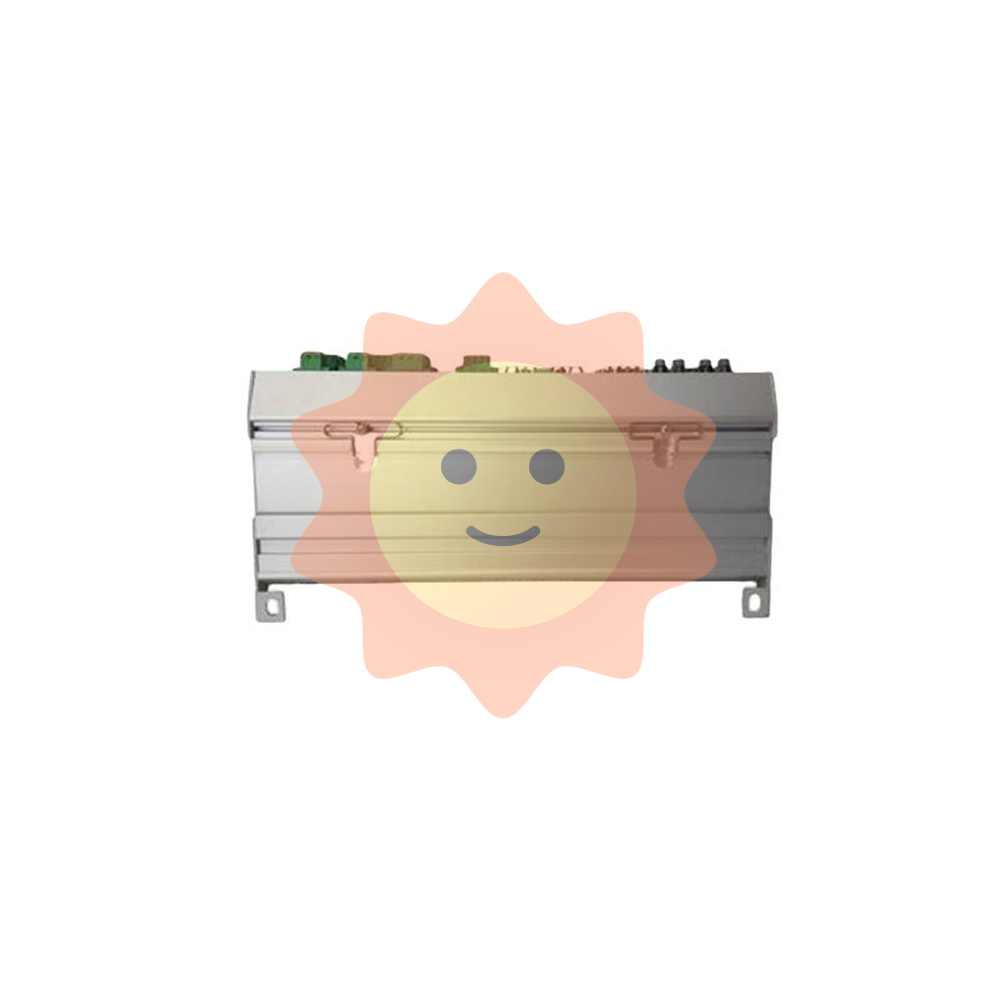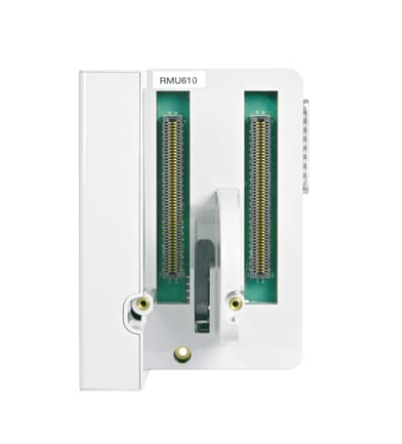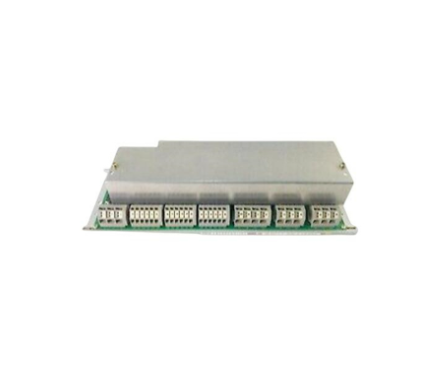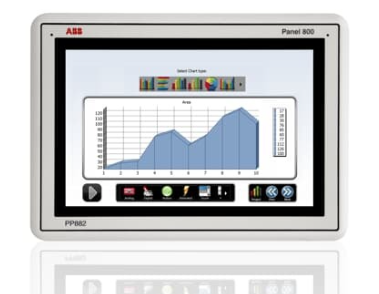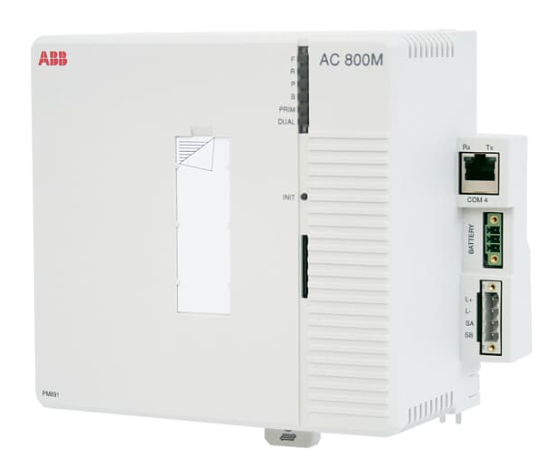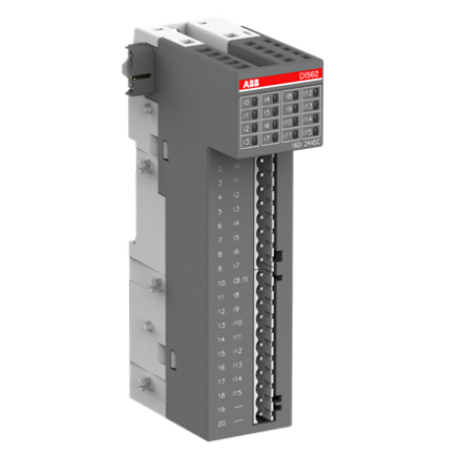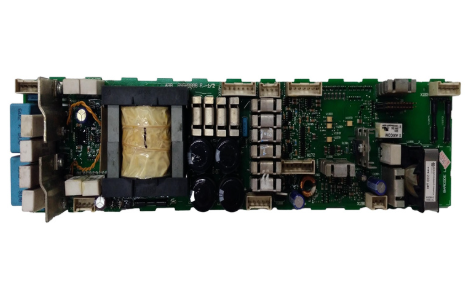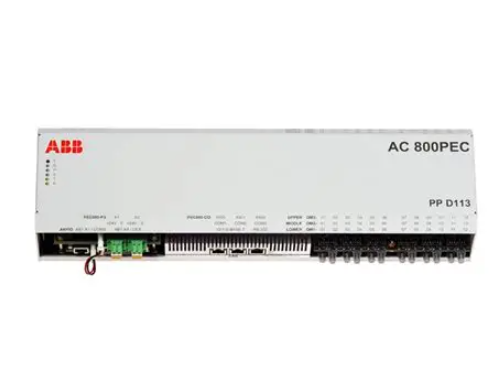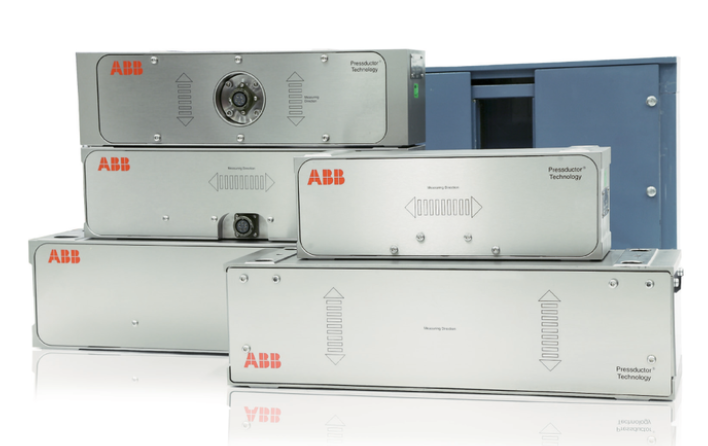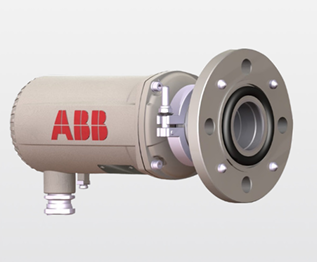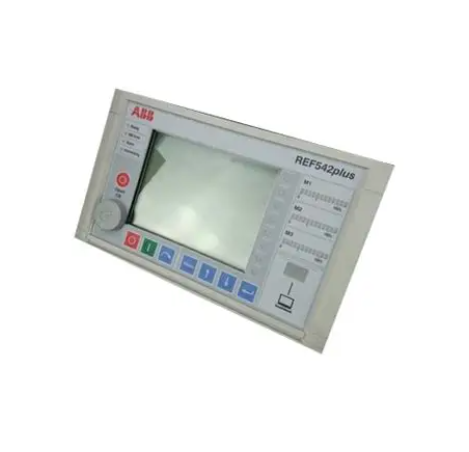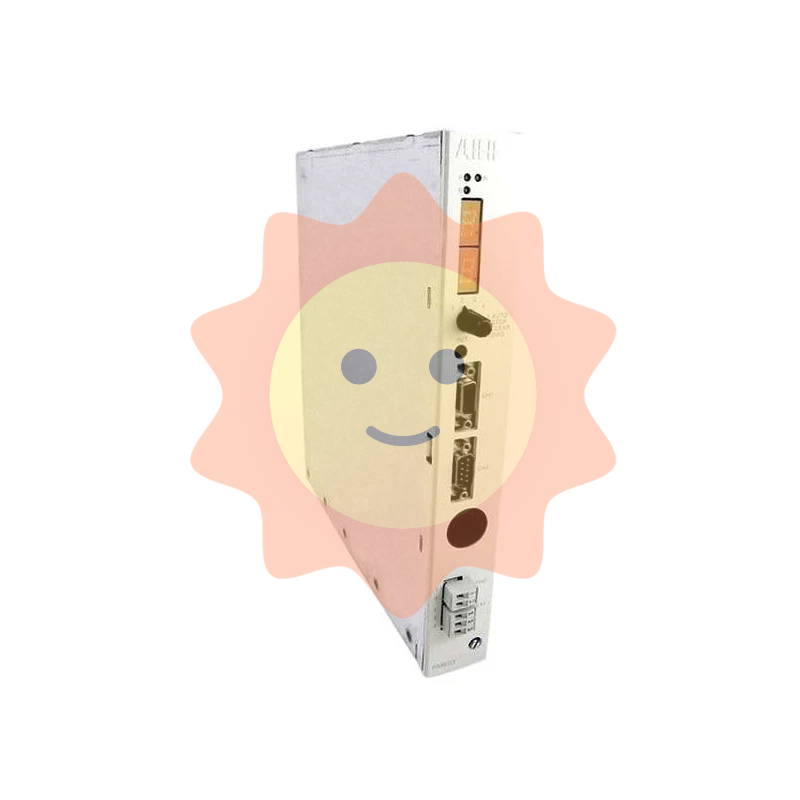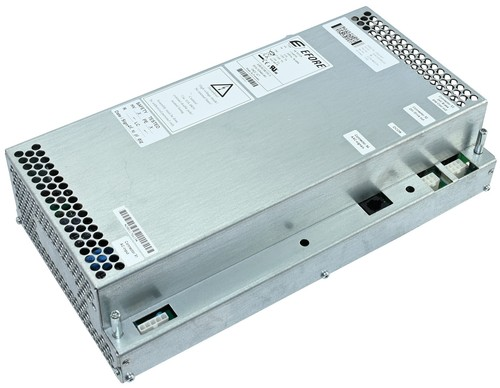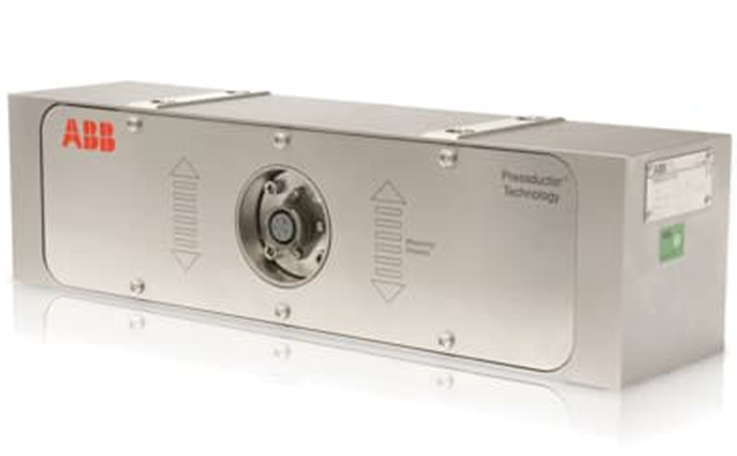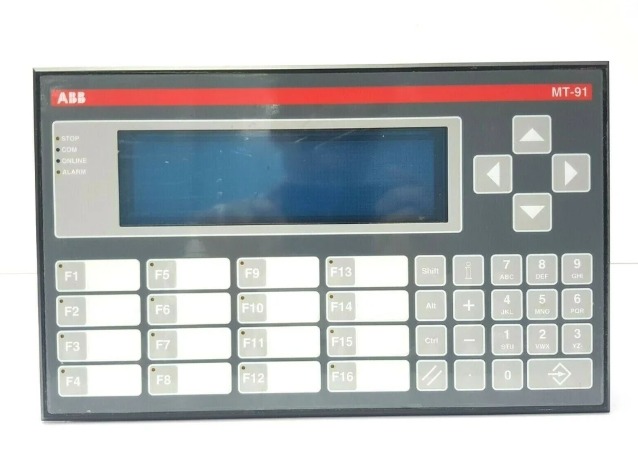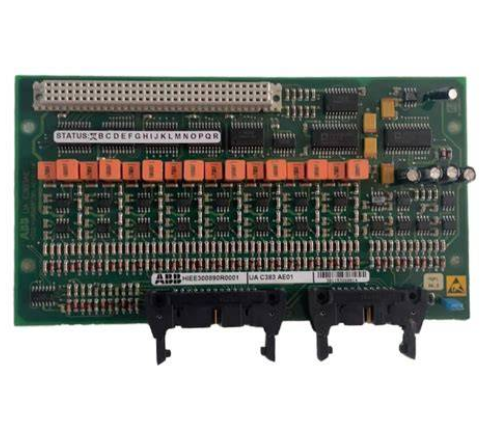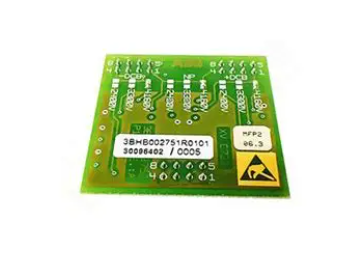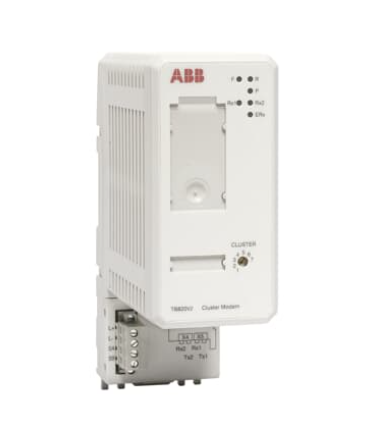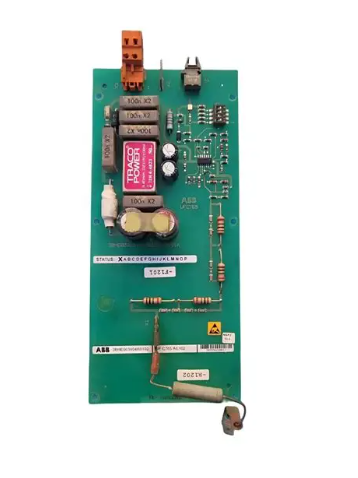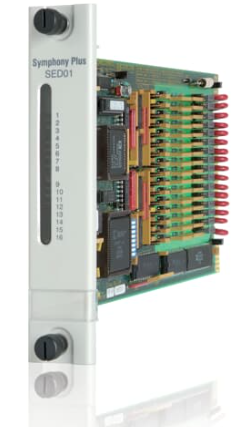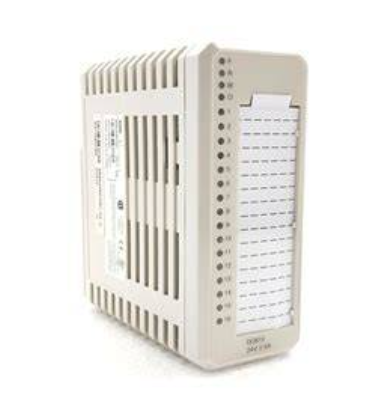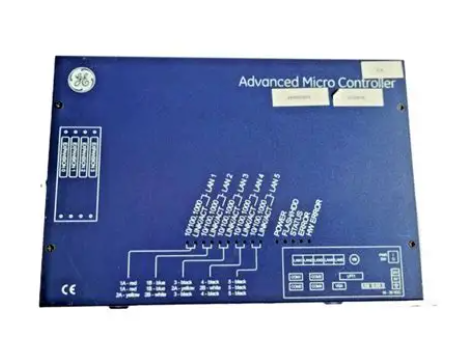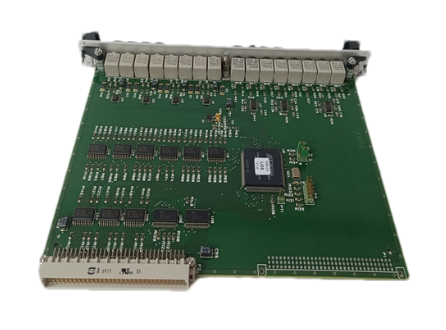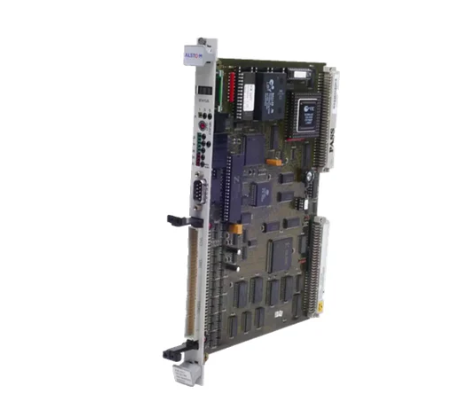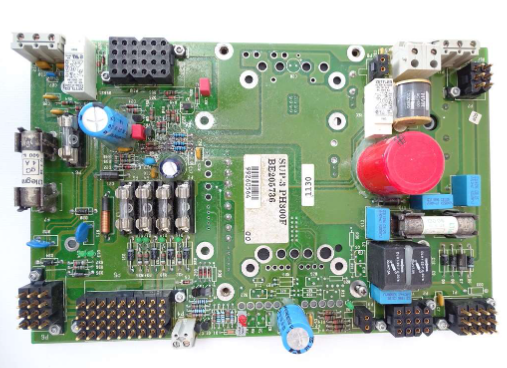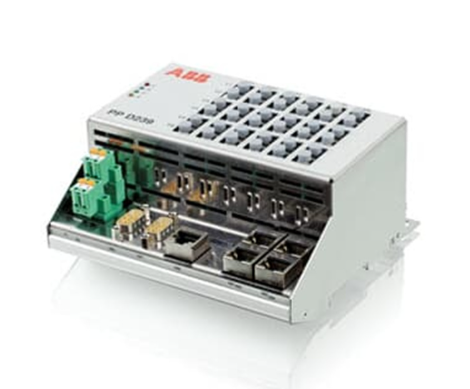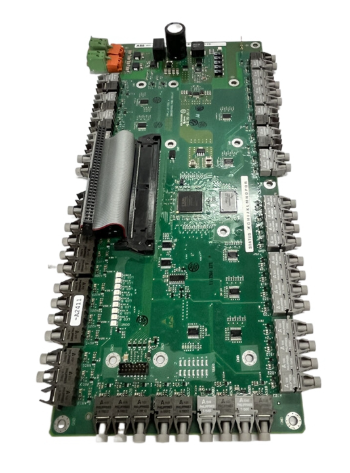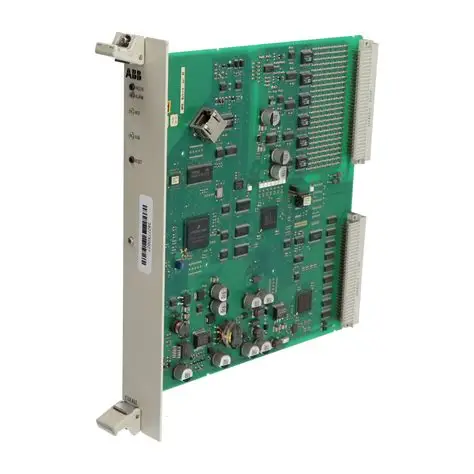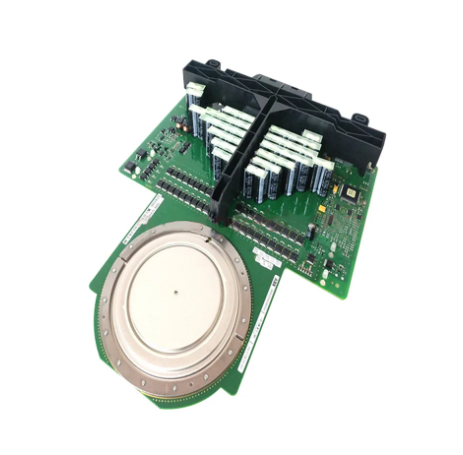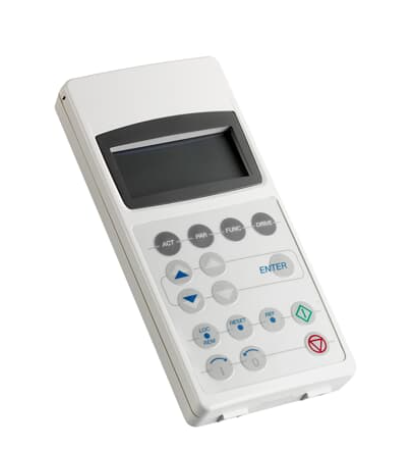ABB SPHSS13 Hydraulic Servo Module
Control operation and decision-making: The conditioned signal is transmitted to the microprocessor in the module core. The microprocessor performs complex operations on input signals based on preset control algorithms and the currently selected control mode (PI or P mode). For example, in PI control mode, the microprocessor continuously calculates the deviation between the actual state and the target state of the system, responds quickly to the deviation through a proportional term, adjusts the control quantity, and accumulates the deviation over a period of time through an integral term to eliminate system static errors and comprehensively obtain accurate control instructions to achieve precise control of the hydraulic system.
Signal output and execution: The control instructions generated by the microprocessor are output in the form of electrical signals to the servo valve drive circuit. The driving circuit amplifies the weak control signal and converts it into a strong electrical signal sufficient to drive the servo valve action. Servo valves accurately adjust the flow rate and direction of hydraulic oil based on received signals, thereby controlling the action of hydraulic actuators (such as hydraulic cylinders, hydraulic motors, etc.), achieving precise control of parameters such as pressure, flow rate, and position of the hydraulic system, and enabling industrial equipment to operate according to expected goals and accuracy.
Precautions
Installation environment: It must be installed in a dry and well ventilated place, away from water sources, steam, and corrosive gases, to prevent the module from experiencing a decrease in electrical performance or hardware damage due to moisture and corrosion. At the same time, it is necessary to avoid strong electromagnetic interference sources, such as large motors, frequency converters, and other equipment. If it cannot be avoided, effective electromagnetic shielding measures should be taken, such as using metal shielding covers to shield the module to ensure its normal operation and avoid electromagnetic interference.
Electrical connection: Strictly follow the product manual for electrical wiring, ensure the correct polarity of the power supply, and ensure that the input and output signal cables are firmly connected and well shielded. Use cables that meet the specifications, and the cross-sectional area of the cables should be able to meet the current transmission requirements, avoiding problems such as heating and excessive voltage drop caused by thin cables. For communication cables, it is necessary to follow the wiring specifications of relevant communication protocols. For example, PROFIBUS communication cables should use shielded twisted pair cables, and the terminals should be correctly connected to 120 Ω terminal resistors to ensure stable and reliable communication.
Parameter setting: When using or changing application scenarios for the first time, professional technicians should carefully set module parameters based on actual working conditions, using ABB's matching programming software or debugging tools, such as control mode selection, sensor type configuration, control parameter (proportional coefficient, integration time, etc.) adjustment, etc. Incorrect parameter settings may lead to unstable system operation, decreased control accuracy, and even equipment damage. After the setup is completed, comprehensive debugging and testing are required to ensure that the module works properly and meets actual production needs.
Maintenance: Regularly inspect the appearance of the module to check for abnormal conditions such as dust accumulation, loose components, and damaged cables. If any are found, they should be cleaned, tightened, or replaced in a timely manner. Every certain period (such as six months or one year, depending on the actual usage environment and frequency), professional testing equipment is used to test the electrical performance of the module, including the accuracy of input and output signals, power stability, etc., in order to timely detect potential faults and hidden dangers. When a module malfunctions, it is necessary to first consult the fault code manual, analyze the cause of the fault, and avoid blind disassembly and repair. If it cannot be resolved by oneself, it is necessary to contact ABB's professional after-sales technical support personnel for repair and treatment.
Similar model supplement
SPHSS12
Fewer channels, more compact size, and relatively lower price
Suitable for small industrial equipment with less demand for control channels, limited equipment space, and tight budgets, such as local hydraulic control units for small hydraulic machine tools and simple automated production lines
SPHSS15
It has higher control accuracy, supports more types of sensor access, and has richer functions, but the cost is relatively high
Mainly used in high-end industrial fields with extremely high requirements for control accuracy and functional diversity, such as ultra precision hydraulic control of semiconductor manufacturing equipment, microfluidic hydraulic control in high-end medical device production, etc
- EMERSON
- Honeywell
- CTI
- Rolls-Royce
- General Electric
- Woodward
- Yaskawa
- xYCOM
- Motorola
- Siemens
- Rockwell
- ABB
- B&R
- HIMA
- Construction site
- electricity
- Automobile market
- PLC
- DCS
- Motor drivers
- VSD
- Implications
- cement
- CO2
- CEM
- methane
- Artificial intelligence
- Titanic
- Solar energy
- Hydrogen fuel cell
- Hydrogen and fuel cells
- Hydrogen and oxygen fuel cells
- tyre
- Chemical fiber
- dynamo
- corpuscle
- Pulp and paper
- printing
- fossil
- FANUC
- Food and beverage
- Life science
- Sewage treatment
- Personal care
- electricity
- boats
- infrastructure
- Automobile industry
- metallurgy
- Nuclear power generation
- Geothermal power generation
- Water and wastewater
- Infrastructure construction
- Mine hazard
- steel
- papermaking
- Natural gas industry
- Infrastructure construction
- Power and energy
- Rubber and plastic
- Renewable energy
- pharmacy
- mining
- Plastic industry
- Schneider
- Kongsberg
- NI
- Wind energy
- International petroleum
- International new energy network
- gas
- WATLOW
- ProSoft
- SEW
- wind
- ADVANCED
- Reliance
- YOKOGAWA
- TRICONEX
- FOXBORO
- METSO
- MAN
- Advantest
- ADVANCED
- ALSTOM
- Control Wave
- AB
- AMAT
- STUDER
- KONGSBERG
- MOTOROLA
- DANAHER MOTION
- Bently
- Galil
- EATON
- MOLEX
- Triconex
- DEIF
- B&W
- ZYGO
- Aerotech
- DANFOSS
- KOLLMORGEN
- Beijer
- Endress+Hauser
- MOOG
- KB
- Moxa
- Rexroth
- YAMAHA
- Johnson
- Westinghouse


Email:wang@kongjiangauto.com

